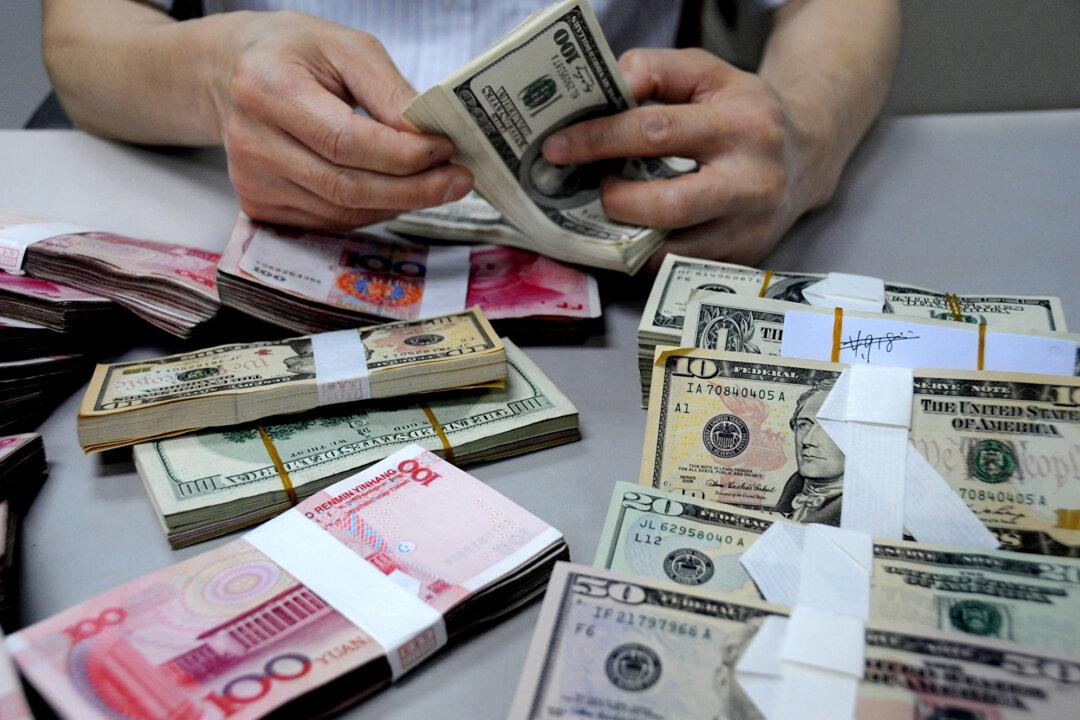The Chinese Communist Party (CCP) has recently implemented two reductions in interest rates for U.S. dollar deposits in order to stabilize the exchange rate of the Chinese yuan. Analysts have raised concerns about the rapid depreciation of the yuan, which could lead to an increased outflow of funds from China and potentially heighten the risk of local government debt.
According to a report published in China’s Securities Times on July 5, several Chinese banks have recently decreased the interest rates on U.S. dollar time deposits.





